The original croc hunter, who was also an art collector
Crocodile hunter, sanctuary keeper and art collector George Craig lived a daring life to the full.
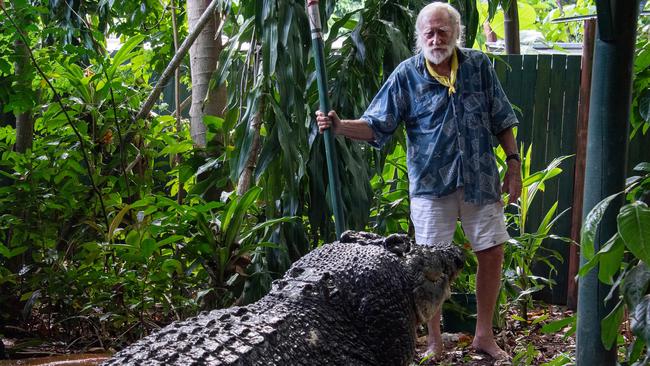
OBITUARY
George Craig. Crocodile hunter, sanctuary keeper, artist, New Guinea art collector. Born Talara, Peru, July 10, 1930; died Cairns, November 17, aged 94.
George Craig was an independent businessman, father, grandfather and devoted husband. Some might say he was the last legend of a past era beginning with prospectors, hunters and beachcombers all heading to the island of New Guinea a century ago.
A first impression of him – bespectacled, bearded and with a mop of thick hair, wearing khaki shirts and shorts – would not necessarily suggest he was an accomplished crocodile hunter whose life was the real deal, writ larger than many other real or fictionalised personifications of the “Aussie Crocodile Man” such as Mick Dundee.
Comparisons fell away quickly once in conversation with Craig, a man who rarely crowed about his achievements throughout a unique life; his memories and stories might have sounded like fantasy if they had come from anyone else.
Born in Talara, Peru, on July 10, 1930, he was nine when his parents moved to London. At 17 he was employed at Earl’s Court working with Johnny Weissmuller’s aquatic troupe, alongside Joe Louis.
Travel and adventure came hand in hand: as an 18-year-old stowaway (who was caught mid-journey) he found his way to Jamaica on the banana boat Oragwanie; he nearly joined the French Foreign Legion, and; at the age of 21 (back in London) he sailed on a £47 one-way ticket to the Northern Territory to learn the skills of saltwater crocodile hunting, a profitable business in the mid-20th century.
There he met his wife, Shirley, and after marrying in 1956 the pair spent the rest of their lives together, often working with each other. For five years Craig hunted crocodiles in the NT and, at one point, was employed by the Royal Australian Air Force, exploding World War II ordinance.
One day in 1956, a Sydney newspaper advertisement by Pacific Distributors headed “Crocodile hunters required in Papua” caught his eye. New Guinea was seen as a new frontier, a place of opportunity and well known for its proliferation of crocodiles.
The Craigs moved there and after three years of living and working on the mighty Fly River aboard the MV Seagull while raising their first child, Fiona, they settled on Daru Island, to the west of the mouth of the Fly and just northeast of the Torres Strait Islands. They established a trading store run by Shirley, while Craig took expeditions to hunt and trade for skins with native communities in the region.
He estimated that he exported between 23,000 and 38,000 crocodile skins from more than 80 expeditions during the couple’s 18 years in Papua New Guinea. The expeditions, crewed by Papuans who became his close trusted friends, navigated the Fly, whose mouth is a 90km-wide flood plain.
Those expeditions led into the farthest reaches of the Fly, into Lake Murray, and to the rivers in the east; the Bamu, Gama, Turama, Strickland and Aramia – all remote parts of the world even today.
“Each crocodile hunting expedition was a 1500-mile round trip, I would do these five times a year,” Craig said. “I went through a lot of boats. The MV Seagull, 54 feet long, it rotted and sank. After that was the MV Jessie, an old copra carrier from Samarai up near Milne Bay. Later, the MV Janis B and the MV Pelican. I had a crew of about eight men, mostly from the Kiwai area. To get into the more remote areas, I used flat-bottomed skiff boats that we towed behind the bigger vessels. In the time I spent there (it was) hunting, handling, buying and selling, resalting and rolling them up.”
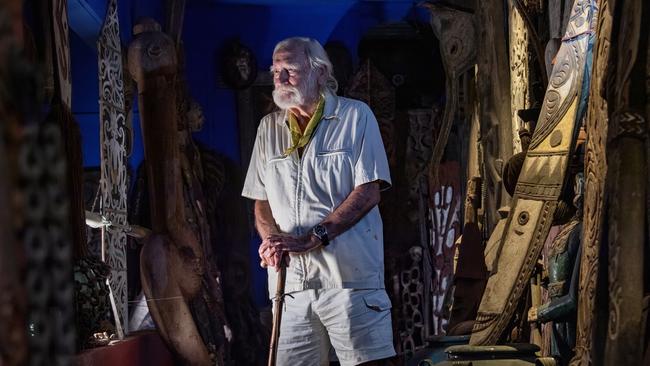
Craig was an expert harpooner, a crucial skill when capturing larger crocodiles. Peter Pinney’s 1976 book, To Catch A Crocodile, documents travelling with Craig on several of his expeditions and offers many rich insights into this bygone world: one relates to using a baited hook consisting of a five-gallon tin container full of putrefying dead flying foxes towed behind the skiff, apparently an irresistibly attractive odour for crocodiles.
The trade in crocodile skins was tough, dangerous work, and never glamorous. Craig survived many illnesses in the tropical environment including poisonous snake bites, swamp fever, pneumonia and malarial attacks.
In 1968 he captured Gomek (1917-1997), one of the largest crocodiles ever known, at the request of a local community some 600km up the Fly River near the junction of the Asur River. Gomek (also known as Gomic) had earned the title of louma whalla coremana dikana, “the evil spirit black crocodile” – he was not regarded as a normal crocodile but as a malign spirit being causing havoc.
Gomek attacked canoes and took unwary villagers. Craig’s efforts to capture Gomek alive are an epic worthy of a Hollywood movie. Even moving the giant reptile took at least 20 men; he was kept in a large, fenced enclosure at Daru Island for four years before moving with the Craigs to Australia. In 1985 he was purchased by a Florida ranch owner and flown to the US in a jumbo jet to St Augustine Alligator Farm in Florida.
A significant part of Craig’s legacy is his substantial collection of PNG cultural art.
This appreciation possibly stems back to his youth in wartime London. Craig recalled walking through the fresh aftermath of a German bombing blitz. He stood in awe when he encountered a private museum or dealers’ warehouse; the front was shorn clear, revealing floor after floor of stuffed tigers, zebras, Pacific and African carvings. Seeing this cornucopia of what existed in the wider world fascinated him.
During his repeated visits to Papuan villages, he developed a deep appreciation and knowledge for the culture and arts he saw there.
“Nothing can compare to when you first see or enter a Papuan longhouse: the smell, the light and the sense of life, at that time,” he said. “Longhouses were alive; they were living parts of the people”.
Craig became an art and artefact collector: spirit boards with flowing designs, intricately carved arrows, paddles, animated ancestral and spirit being figures created from twisted mangrove roots and adornments.
However, not all of the works could be simply purchased: only when an object had faded from cultural importance could it be acquired. Craig was also fortunate that because of the reputation and relationships built while he was trading for crocodile skins he became well regarded by local communities.
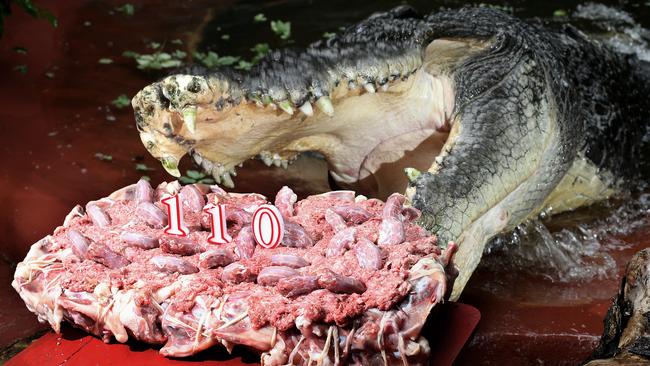
Instances occurred where he was asked and entrusted to take objects away because elder Papuans saw the younger generation in the changing era of the mid-20th as having no respect for the old ways. Craig felt honoured to be trusted in this way. He built a collection of more than 1000 artefacts from the Western Province and Papuan Gulf before leaving the country in 1972. He was proud that many objects he collected now illustrate publications on PNG art and are in art galleries and museums in Europe, the US and Australia.
The Craigs relocated to Marineland Melanesia Crocodile Habitat at Green Island, Cairns, taking with them more than 30 crocodiles, including Gomek, Anega and Oscar, three massive ones. Oscar held the Guinness Book of Records title for largest crocodile in captivity between 1984 and 1994.
Marineland Melanesia has a unique mix of tropical environment with museum-quality maritime and Melanesian artefacts beside living exhibits of turtles, fish and crocodiles.
This was Craig’s family home for 52 years, where, between running the living museum, he taught himself to paint. The subjects of his work were the sculptural forms created by Papuan communities that he had admired during his life in PNG.
The star of the Marineland Melanesia was Cassius, the Guinness World Record holder as the largest crocodile in captivity for over a decade. In 1984 the NT crocodile, known for attacking boats in the Finniss River, was captured and removed before finding a new home at Marineland Melanesia. Cassius was no ordinary crocodile: he gradually became part of his caretakers’ family, and in later years Craig would sit peacefully with Cassius for many hours.
The crocodile passed away just a few weeks after Craig’s recent retirement from Green Island to Regis Assisted Care Living in Cairns.
In my phone conversations with Craig, he always signed off with “over and out”, a habit from all those years of radio communications aboard boats and in remote places. In his own understated way he once said about his life: “I did it just for the adventure, really. It was all sort of a dream, and I guess after all these years it has turned out that way.”
Craig lived in adventurous times; however, it should not be the age through which he lived that defines memories of him, but his personal spirit of adventure. He had a remarkable life and lived his dreams.
His open nature, coupled with his passion for crocodiles and the cultural arts of PNG created many friendships across the world. He will be remembered and missed by many. Craig’s greatest legacy is the Marineland Melanesia Crocodile Habitat, which continues to be family-run.
Craig was the cherished husband of Shirley (deceased), beloved father of Fiona, Stephen, Alicia, adored grandfather and great grandfather to many.
Crispin Howarth is curator, Pacific arts, at the National Gallery of Australia.

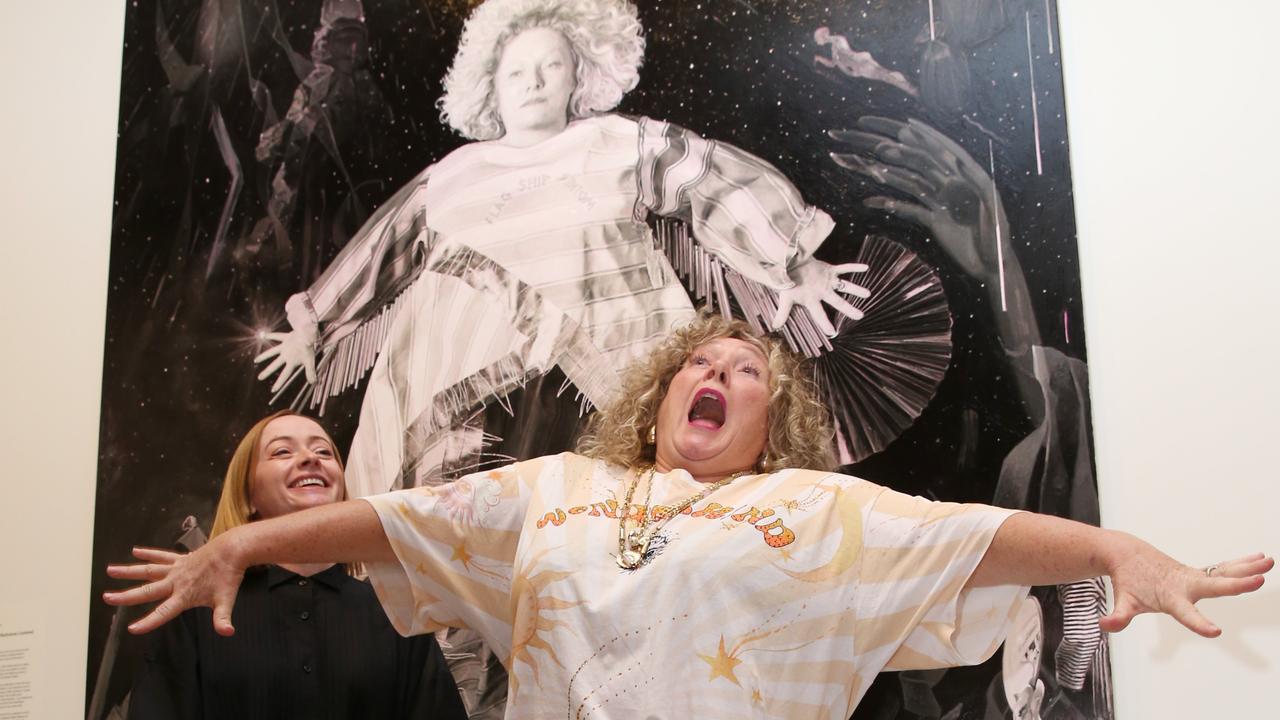
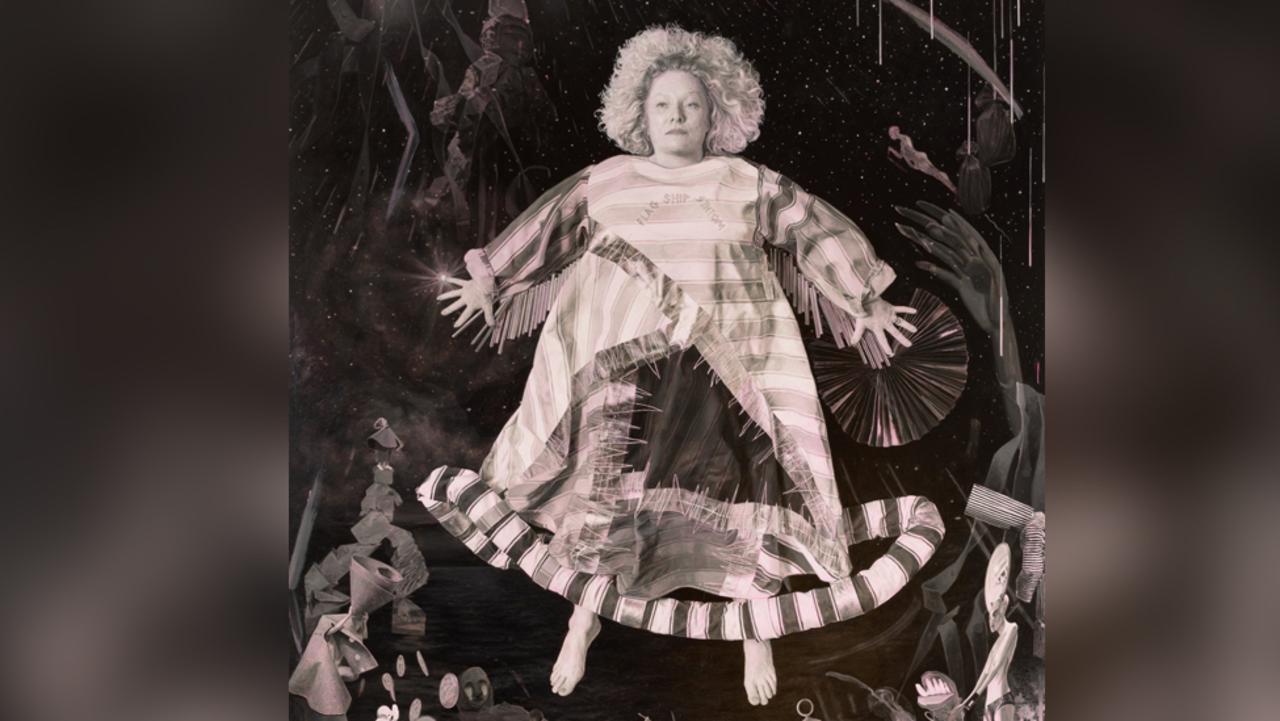
To join the conversation, please log in. Don't have an account? Register
Join the conversation, you are commenting as Logout